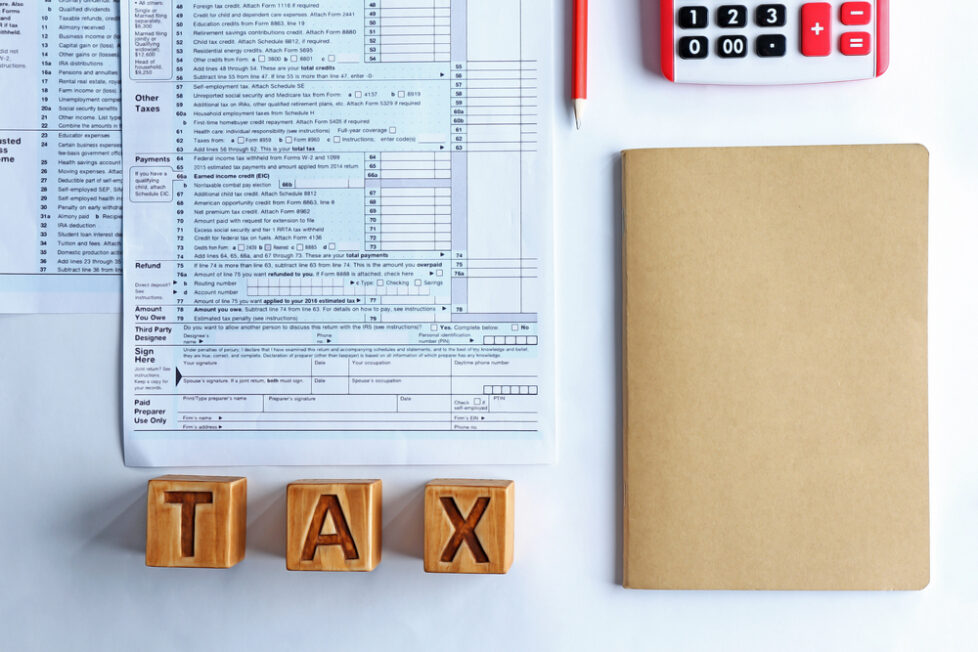A Comprehensive Guide to Filing Taxes for New Entrepreneurs and Small Businesses


LINKS TO CONTENT
ToggleLaunching a new business can be full of opportunities and struggles, but most are unaware of the process for filing taxes. When, how, and where do we have to file taxes? These questions are all too common, and as the year draws closer to tax season, they can get overwhelming due to the many terms and processes most people don’t know about. Your company’s success depends on your ability to handle its taxes, and this article will help break that complex procedure into manageable steps.
Understanding your business entity is the first and most crucial step in determining the tax filing process. The structure of your company will determine how small business taxes are calculated and paid. Examples of different business structures include:
Various kinds of taxes might be relevant to your company:
To avoid fines and penalties, file these taxes and make the essential payments on time.
Keeping your bank accounts, income statements, and spending receipts organized can help you prepare your taxes quicker and identify any errors before you file. Here’s how you do it:
For tax preparation, W-2 forms are required if your company hires employees. The W-2 Form lists each employee’s pay and any taxes withheld(federal, state, Social Security, and Medicare). Ensuring that all information on W-2 forms is correct helps avoid any problems. Then, according to the IRS, you give this form to each employee before January 31. If you file on paper, you must send the documents to the IRS by the end of February, but if you complete your w2 online, you should send it by March 31.
By reducing the amount you owe, business tax credits and deductions can help you pay less in taxes.
It is much easier to complete the tax filing procedure if you are aware of your business structure. Also, if you keep accurate records and handle W-2 forms correctly. Knowledge and organization may help you file taxes confidently, whether you work with a professional or do them yourself.
